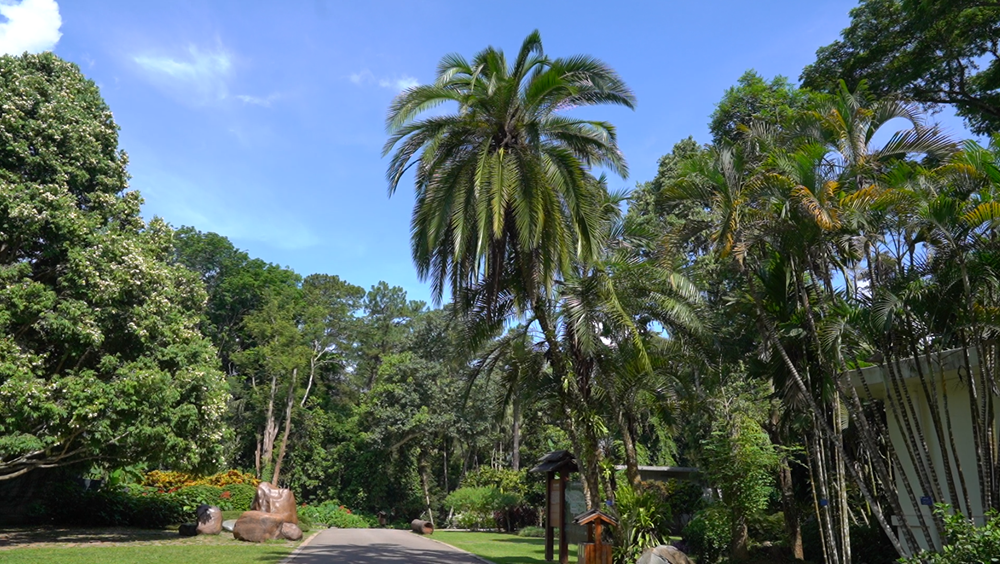This year marks the 50th anniversary of the discovery of tropical rainforests in China. Fifty years ago, Chinese botanists discovered the emblematic tree species of tropical rainforests, the Cathay shorea (Parashorea chinensis) in Mengla county of Yunnan province, confirming the existence of tropical rainforests at 21 degrees north latitude.

Today, China, along with Laos and other Southeast Asian countries, closely cooperates to protect these rainforests and share the benefits of ecological conservation.
In the Xishuangbanna Tropical Botanical Garden, rare and exotic flowers bloom almost everywhere. Kittisack Phoutthavong, known as Dr. Bee, said that the garden is one of China's key bases for the collection and conservation of the Frangipani (Plumeria). The garden even has Frangipani trees planted by the leaders of China and Laos, symbolizing the deep friendship between the two countries.
Upon seeing this, Lao international communicator of YICC (Yunnan International Communication Center for South and Southeast Asia) Khamvongxaiy said that the Frangipani is called Dok Champa in Laos, and it is the national flower, symbolizing purity and hope. “We have a saying that no matter where you are, as long as you see the Dok Champa, you will feel at home," said Khamvongxaiy.
"Let’s just look up! This is different from the betel nut tree we are familiar with," said Dr. Bee standing under a tall Areca catechu tree. He said that this tree is very popular in Laos, with its fruit and leaves being valuable. People use them as ingredients in Lao delicacies like tam mak hoong (papaya salad) and for making soups and dips.
In the Cathay shorea scenic area, the tall trees’ heights are of 70 to 80 meters. During the interview, Xishuangbanna Tropical Botanical Garden engineer Dong Jinlong shared his delight with the surprises brought by the Parashorea chinensis.
"I once found a black-webbed tree frog on the canopy leaves of the trees,” said Dong happily, “and this is currently the highest recorded habitat for frogs in the world."
Aside from these delightful surprises, scientists here often face loneliness and hardship. "We are willing to persist for the long term because of our love for nature and reverence for this profession. There are countless unknowns in the natural world, and we will continue to be on the road to exploration, driven by curiosity and discovery," said Dong.
Reporting by Huang Yixian, Han Chengyuan and Yang Chunmei of Yunnan Daily; trans-editing by Wang Yunya
URL: http://www.yunnangateway.com/html/2024/yunnan2023_0819/113373.html

